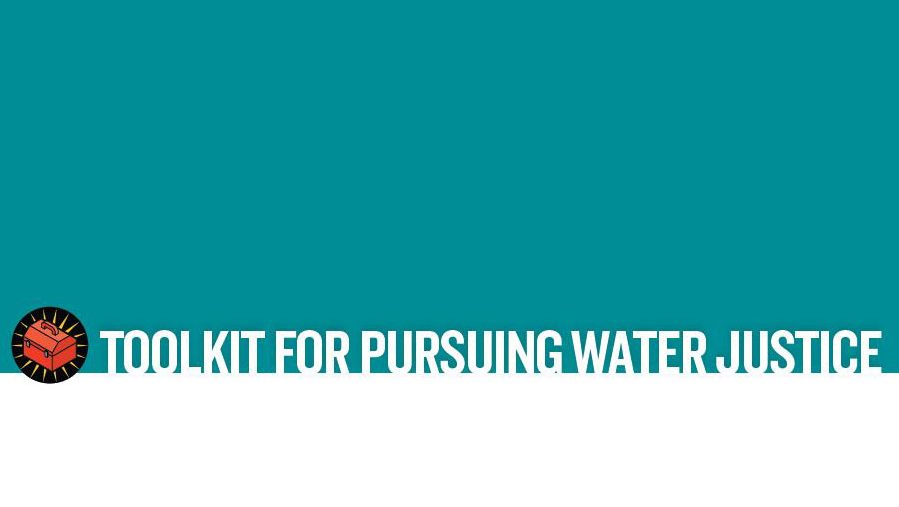What is Environmental Justice?
Environmental justice involves fair treatment and meaningful involvement of all people with respect to the development, implementation and enforcement of environmental laws, regulations and policies.
-Environmental Protection AgencyWhere people can interact with confidence that the environment is safe, nurturing and productive. Environmental justice is served when people can realize their highest potential.
-Bunyan Bryant, University of MichiganEnvironmental Justice is the view that all people deserve a healthy and safe environment in which to live, work and play.
-Environmental Justice Working Group at Colorado State University
Different Aspects of Environmental Justice
Distributive Justice
Asks how harm and benefits are distributed and whether that is fair, seeking equitable exposures to environmental
risks and benefits.
Procedural Justice
Focuses on how issues are addressed by creating opportunities for meaningful participation in decision making for
all stakeholders.
Recognition Justice
Keys in on who is experiencing an injustice—looking at a disproportionate burden borne by a group (defined by race, class, urban/rural, or other). It recognizes the value and rights of these groups and of ecosystems.
Tips: Engaging front-line environmental justice communities
How do you best approach environmental justice communities? We got advice from Colorado practitioners Michael Wenstrom with EPA’s
Environmental Justice Program, Ernest House, Jr. with the Keystone Policy Center, and Lizeth Chacon with the Colorado People’s Alliance. Here’s what they said:
• Meet the community where they are. Begin by listening to people and helping address their most immediate concerns and needs.
• Acknowledge the past, and make sure it’s part of today’s conversations about the future.
• Involve community members from the beginning. Whether you’re developing a project, trying to address concerns in a neighborhood, or looking for input, reach out early so communities can shape the change they want to see.
• Have more conversations within the water sector—or among government agencies, conservation groups, agricultural groups—about race, diversity, inequality, equity, and what needs to change to engage communities of color.
• Remember that outside organizations don’t change communities, communities change communities. But they have to believe that they can. Help them understand what they can accomplish.
There’s a connection between equity and environmental justice. Environmental justice researchers and practitioners focus on building
more equitable, safe and sustainable systems that will create an environment where individuals and communities can thrive.


 Print
Print